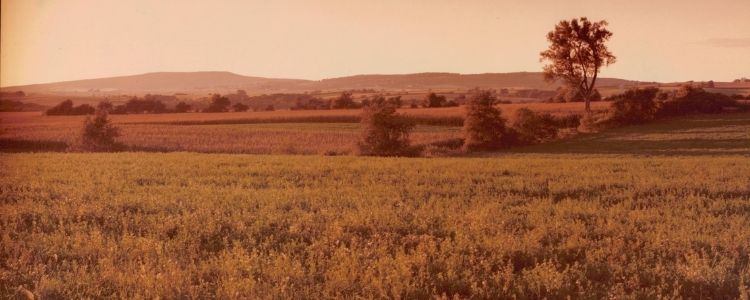During the spring and summer, many guests have enjoyed the beauty of our gardens before, or after, their visit to the cave. The colors and textures of the various plants added excitement and beauty throughout the long days of the summer. Now those days are becoming shorter, but we can still enjoy the remaining flowers while listening to the steady hum of insects during the last days of summer. We may not want to admit it, but we know that cooler weather is coming soon.
As the colorful petals fade and disappear, a new beauty emerges. In the opening spaces, we see butterflies and insects flutter about on the remaining flowers while preparing for their upcoming migration or hibernation. The birds too know that cooler times are coming. They race from flower to flower, enjoying the bounty of seeds and easier-to-spot insects. And the team here at Cave of the Mounds begins to look forward to our favorite fall and winter plants and phenomena.

